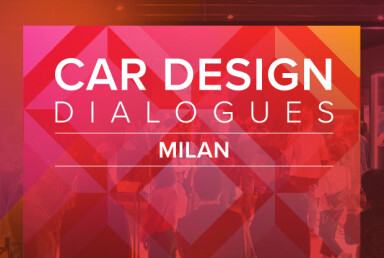Detroit muscle
American Muscle: "The best is yet to come"
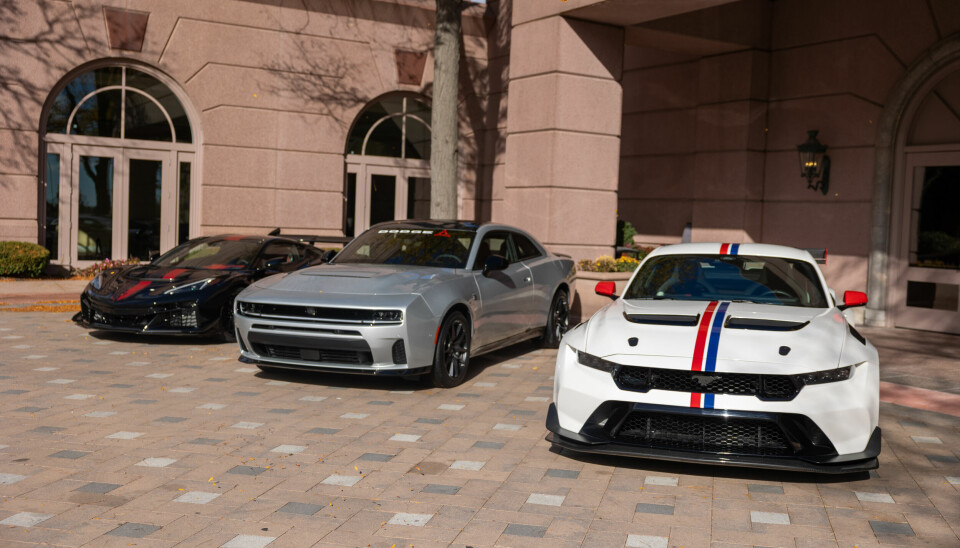
Read on for key highlights from the final session of Car Design Dialogues Detroit, which investigated the state of play for American Muscle and the threat — or opportunity — posed by BEVs
Car Design Dialogues Detroit could not go ahead without a session on muscle cars. Who better to take the stage than a trio of genuine enthusiasts and current design leaders from The Big Three:
- Phil Zak, executive design director, Chevrolet
- Kemal Curic, global design director for performance vehicles, Ford
- Mark Trostle, vice president design, Ram Truck, Mopar and SRT
American muscle never dies
Muscle cars have been around since the 1950s in some shape or form. There is a longevity to this segment, even if on paper the format is difficult to justify: not the most efficient or practical, but desirable. As with most purchases that do not necessarily make sense, it comes from the heart not the head.
Zak noted there is a "real enthusiasm" for these cars, while Curic pointed to the culture and "movement" of muscle cars. "It's not just about performance and horsepower, it's about how they make you feel. People are immediately drawn to these vehicles and the passion behind them is absolutely incredible. You don't often see people gathering around three-row SUVs at the weekend, but with sports cars and muscle cars, everyone gets together. It's a community."
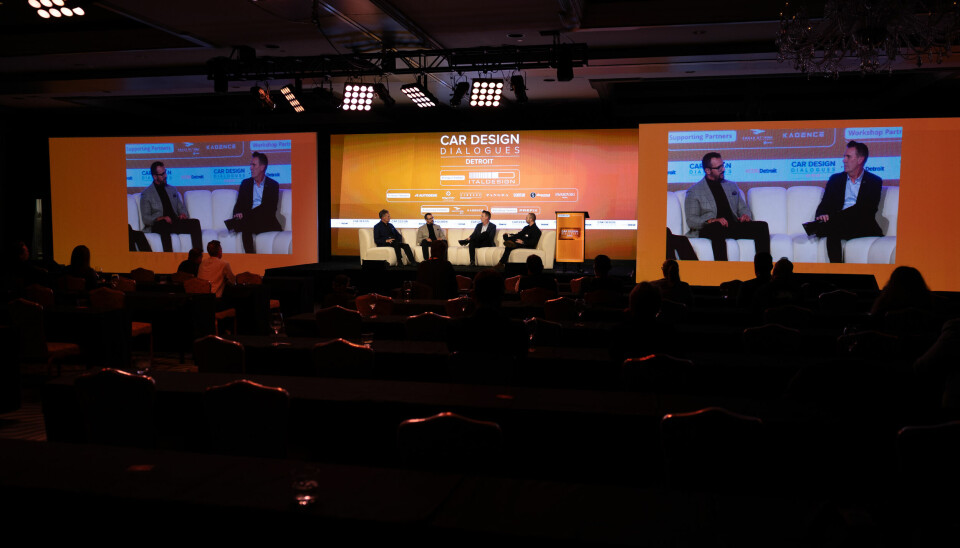
Trostle went as far to say that things have never been better. "People talk about the 60s and 70s being the heyday of muscle cars, but I truly believe the heyday is now — we're living it — and it's only going to get better from here." That being said, nostalgia can be a powerful tool and Dodge in particular has leaned into that. The 'Daytona' name was first used on the 1969 Charger, and more recently with the first electric Charger. "That's absolutely true," affirmed Trostle. "It connects with our customers and ensures the form and the name of the vehicle resonated well with the original, but in a very modern way."
A continued evolution
The conventional form of a muscle car is somewhat brutish, in your face and stocky, but there are variations on the theme. "The form vocabulary has changed," said Zak. "In high school my friends had Chevelles, but I was in the Camaros because they were still fast but could also corner. So muscle cars grew into that and became better handling cars over time."
"The Mustang didn't start as a muscle car," added Curic, "but it evolved in the 70s and the 80s into this muscle car which was extremely powerful, and now you can have 1,200 horsepower, which would have been unthinkable. So it's pretty exciting and shows the how it is almost about being rebellious. I quite like this idea."
"For most muscle car owners, their garage mate is a pickup truck or some type of sport utility," said Trostle, "so maybe there's a white space, an opportunity to connect those two even more. We put a Hellcat 700 horsepower engine in a three-row Durango SUV and people were like, 'that's a muscle truck' just because of that visceral connection."
With the above as an example, perhaps American Muscle is a treatment that can be applied to various typologies. "My daily driver is an F-150 Raptor," said Kuric. "You essentially stuff a very powerful motor inside a truck with incredible suspension. You can go anywhere in comfort while still having this supercar performance. That's the beauty of it."
Zak agrees there is a spectrum of American Muscle to some degree. "While we don't necessarily look at the Corvette as a muscle car, when you look at the numbers, it does have the power there.What we've done is elevated it to what we feel is almost an affordable exotic. It's not inexpensive, but it's still attainable compared to a Lamborghini or Ferrari. We're proud of the fact that as we go through the lineup, you've got Stingray Z06, E-Ray, ZR1 and then the ZR1X, so we can confidently compete with the likes of Ferrari and Lamborghini and others."
Electric powertrains make sense for muscle cars, but...
Trostle is as big a petrolhead as any, so it was refreshing to hear his enthusiasm for EVs. "We've obviously gone through a phase of electrification and we're working with customers to understand their wants and needs, and their perception of what a muscle car is to them. So it's evolving, but I believe that it's actually only going to get better."
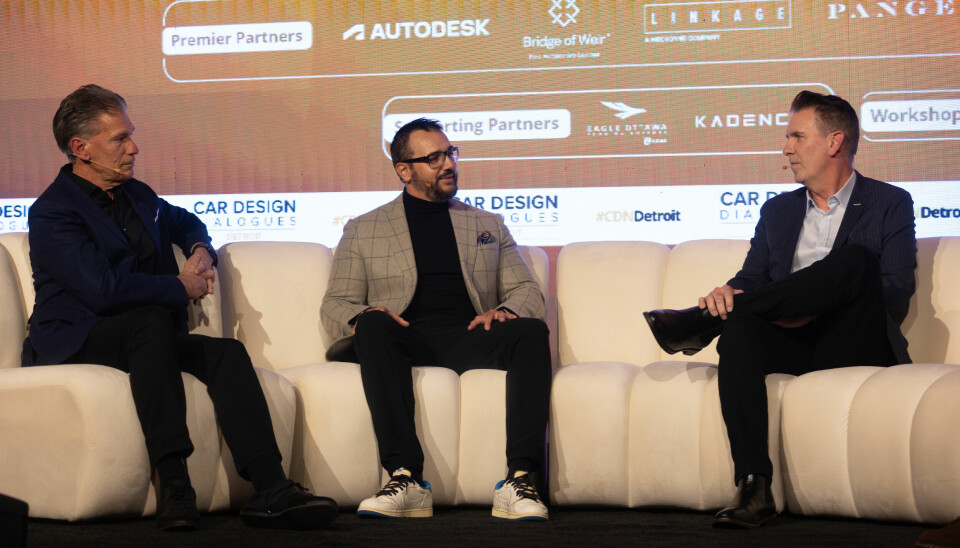
The Corvette ZR1X uses electric motors to supplement its twin-turbo V8 to great effect, and Zak agrees that electrification is a value-add rather than a reluctant necessity: "We're trying to work electrification into the powertrains and start to play with what electrification could mean going forward for performance cars."
But it's not as simple as dropping in a huge battery pack and powerful motors. "It's the visceral part that kind of forms the muscle car," continues Zak. "You drive some fast electric cars that are mind blowing as far as speed goes, but there's something that's not visceral about driving them. That's where the blend needs to be."
Form follows function
And just as ICE muscle cars have employed hood scoops, air rams or other visual cues to the power that lies beneath, there is no reason for that to stop with EVs. But it has to be authentic. "It has to function, and there must be a purpose for it," says Kuric. "We don't do fake air vents or scoops, wings and spoilers aren't there for no reason. They're functional."
This rings true for the exterior form of the vehicle too. Some muscle cars are designed more for everyday cruising, while others aim to set records. "Over the years things have evolved," said Curic. "Some of the muscle cars are now in hypercar territory so the aero plays a quite a significant role. But sometimes we still want to preserve the feeling and proportions rather than transforming into an aero-first vehicle. So it's a fine balance between creating something visceral in terms of the feel and look, but at the same time performing in an aero tunnel."
Zak was of a similar opinion. "Form follows function. The Corvette ZR1X goes 233mph so we tuned the front splitter with the rear wing with the canard so they're solid at pace. We don't want to do something that is capable of that speed but is not stable."
"Ultimately if we're passionate about that engineering, that passion will come through in the product," affirms Trostle.
Respect the past, but don't go stale
There are so many iconic nameplates in American Muscle. How do you take those respective models into the future while respecting that heritage?
"It's tough because customers are so passionate and, as most car designers know, you can show someone the future and they are usually not too excited because it's different to what they have — especially if it's a muscle car or a brand that they either grew up with. But we have to evolve, and I think that's where we come into play, to respect the soul of those brands. Whether it's a Charger or a Challenger or a Viper, it has to speak to where that vehicle came from. We're guardians of that evolution and as designers, we always want to do something new and fresh and different. The question is, how do you do something new that stays true to the soul of your brand and does not alienate those customers?" said Trostle. "It's challenging, but if you get to know your customer, it becomes a little easier."
"You have to evolve," agreed Zak. "For example, the Corvette C7 was front engine, rear drive and we couldn't make the car any faster. So we went to mid engine layout, and the traditional Corvette buyer group did have some concern. But once people experienced the car and realised it was better, they accepted it as a Corvette.
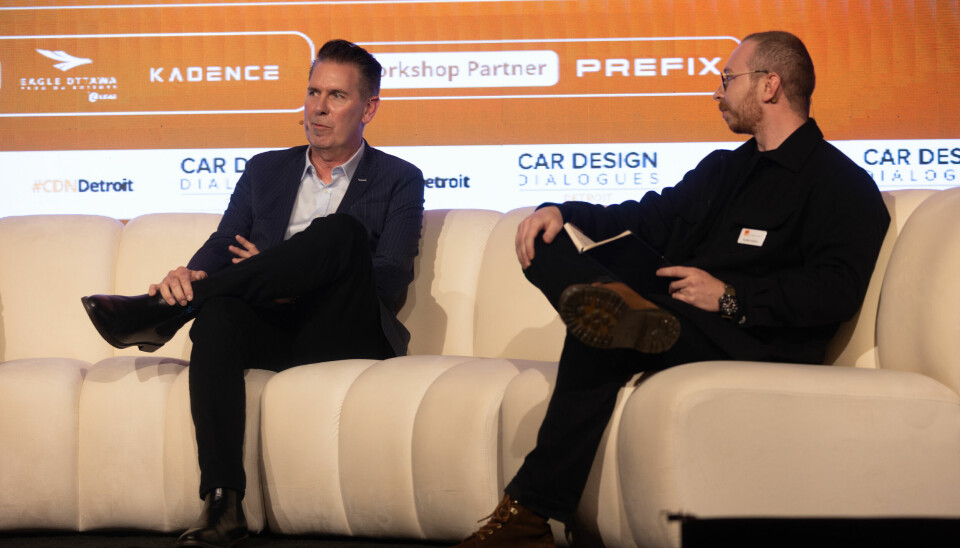
"We want to make sure that they're all different, but the DNA is consistent," continued Zak. "We've got the line that runs through the body and the muscular fender shapes that are on it. And then we just evolve that formula so when the cars are lined up, you can see the lineage. It's exciting, but that's also the challenge."
"This group is the most vocal one," warned Curic. "They will tell you if they hate it or love it. So they are absolutely on point." No need to tell Ram CEO Tim Kuniskis, who earlier in the year issued an apology after the brand had discontinued the Hemi V8 and swiftly cancelled that plan. "Data be damned... Ram screwed up when we dropped the HEMI — we own it and we fixed it."
"Working on the Mustang and going back into its history, you understand what is all about and it is more than just purely repeating lines, curves and signature elements. It's more about the essence of the Mustang, what it stands for, and that is true for the Corvette or Charger as well. We think about this and also the evolving customers as well. As designers our role is to understand how we take all of this into the future."
Sound design is already a major focus
EVs are often described as 'silent' but that is not strictly true. For the average roadgoing car, that is not too far from the truth — and certainly the cabin is tranquil — but there are still options to create a wailing, screaming powertrain.
"This viscerality can come from different vibrations and I can imagine amplifying some of the sounds from the electric motor," said Curic. "My team went to Pikes Peak and we saw this crazy 3,000-ish horsepower Mach E running up the hill. It sounds like an F16 jet fighter going up the hill. Everybody was saying to me, if that's how an electric car can sounds and gives you these goosebumps, then we're all in. So I think there is going to be some learnings there as well."
Crucially, the move is not to synthesise noise or amplify natural sounds to fake levels. Again, it's all about authenticity, something that the panel of designers believe will help to win over any sceptics in the muscle car arena. "Our engineering team does work on on how a vehicle sounds, but as far as piping in artificial sounds, we're not doing that. I think if it feels fake."






















